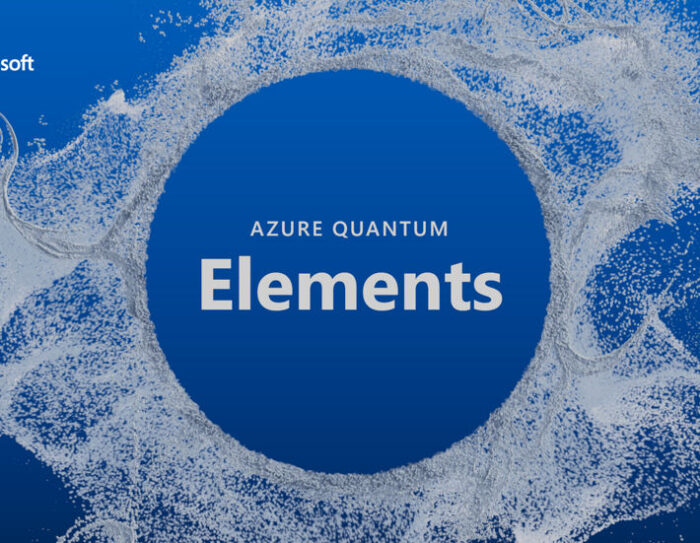 Hello everyone, on this page you will find the introduction to Azure Quantum Elements. We have information that will you will find useful whether you are a professional Azure Quantum user or a complete beginner.
Hello everyone, on this page you will find the introduction to Azure Quantum Elements. We have information that will you will find useful whether you are a professional Azure Quantum user or a complete beginner.
What is Azure Quantum Elements?
Azure Quantum Elements is a cloud-based service that helps researchers and product developers in chemistry and materials science to accelerate their research and development (R&D). It does this by providing access to high-performance computing (HPC) resources, artificial intelligence (AI), and quantum computing. Azure Quantum Elements also includes tools and services that make it easier for scientists to use these resources, such as a natural language interface and a workflow manager.
Azure Quantum Elements Features:
- Simulation workflows optimized for scaling on Azure HPC clusters. This means that researchers can run large and complex simulations on Azure Quantum Elements without having to worry about the computing power required.
- AI-accelerated computing. This uses AI to speed up certain types of calculations, such as those used in molecular dynamics simulations.
- Augmented reasoning using AI. This uses AI to help researchers to interpret the results of their simulations and to make better decisions about their research.
- Integration with quantum tools. This allows researchers to experiment with existing quantum hardware and to access Microsoft’s quantum supercomputer in the future.
What is Azure Quantum Elements used for?
Azure Quantum Elements is used for a variety of applications especially in the chemistry and materials science industry, below are just some of the things you can use this tool to do. The future is exciting.
- Drug discovery: Azure Quantum Elements can be used to simulate the behavior of molecules, which can help researchers to develop new drugs more quickly and efficiently.
- Materials science: Azure Quantum Elements can be used to simulate the properties of materials, which can help researchers to develop new materials with improved properties, such as stronger or lighter materials.
- Energy: Azure Quantum Elements can be used to simulate the behavior of molecules and materials, which can help researchers to develop new energy technologies, such as more efficient batteries or solar cells.
- Finance: Azure Quantum Elements can be used to simulate financial markets, which can help researchers to develop new financial trading strategies or to better understand the risks of financial investments.
- Cryptography: Azure Quantum Elements can be used to develop new cryptographic algorithms, which can help to protect data from unauthorized access.
- Machine learning: Azure Quantum Elements can be used to train machine learning models, which can be used for a variety of tasks, such as image recognition or natural language processing.
- Optimization: Azure Quantum Elements can be used to solve optimization problems, such as finding the shortest route between two points or the most efficient way to allocate resources.
- Engineering: Azure Quantum Elements can be used to simulate the behavior of engineering systems, such as bridges or airplanes, which can help researchers to improve the safety and efficiency of these systems.
- Climate change: Azure Quantum Elements can be used to simulate the behavior of climate change models, which can help researchers to better understand the causes and effects of climate change.
- Artificial intelligence: Azure Quantum Elements can be used to develop new quantum algorithms that can be used to improve the performance of artificial intelligence models.
Azure Quantum Elements Video
You can find out more about Azure Quantum Elements by checking out the official Microsoft blog post about what the future of Azure Quantum Elements.
Discover more from Windows Mode
Subscribe to get the latest posts sent to your email.















